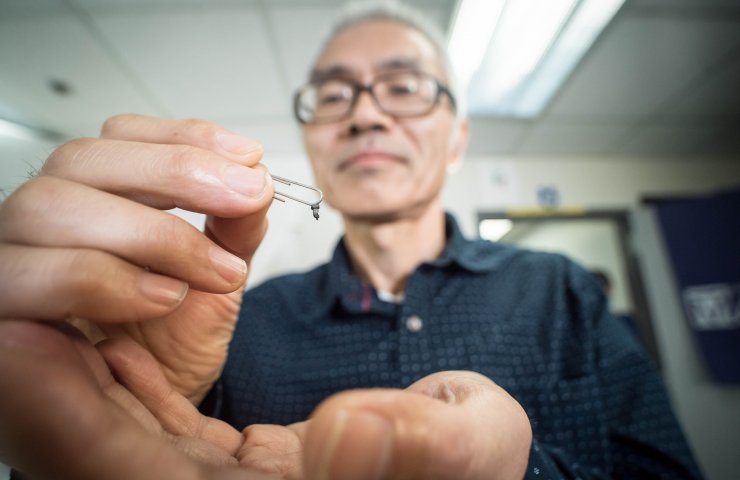Scientists are working to create magnets with no or minimal rare earth elements. This was announced at the congress of the American Chemical Society by Thomas Lograsso - Doctor of Technical Sciences, engineer and head of the Ames laboratory.
Researchers are experimenting with paramagnets, introducing alligations of iron, cobalt, copper. Particular attention is focused on the compounds CeCo3 and CeCo5, as well as Fe3Ge. When combined with magnesium, they turn into a ferromagnetic or permanent magnet. Retain the required magnetization and stability. They are able to replace analogs with neodymium and dysprosium, bringing benefits to the economy and the environment.
And although the new items are inferior in power to neodymium magnets, they are suitable for commercial use. And in the future, the technologies for their release will be improved.
“Replacing the rare earth magnets that are in high demand would be ideal both economically and environmentally,” says Lograsso.
To this end, the group continues to use its strategy to optimize key characteristics of weak magnets or non-magnets to turn them into alternatives completely free of rare earth elements. For example, they currently use cobalt to optimize the performance of the Fe 3 Ge ferrous germanium. The high magnetization of the resulting compound is comparable to the best Nd-based magnets. This strategy is not limited to just Fe 3 Ge and is applied to other promising rare earth-free compounds to selectively improve magnet properties.





